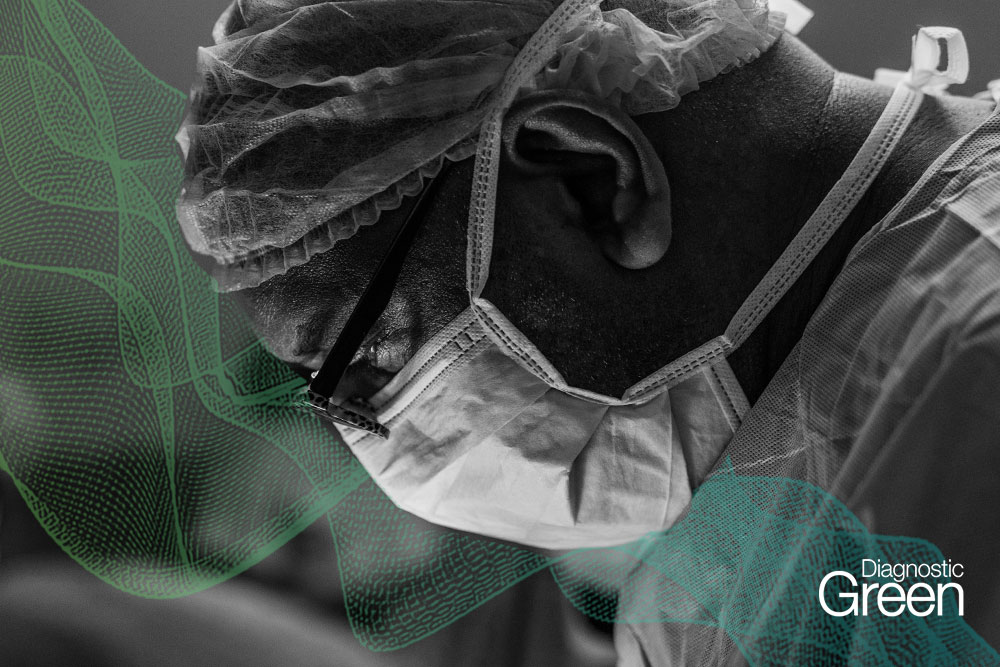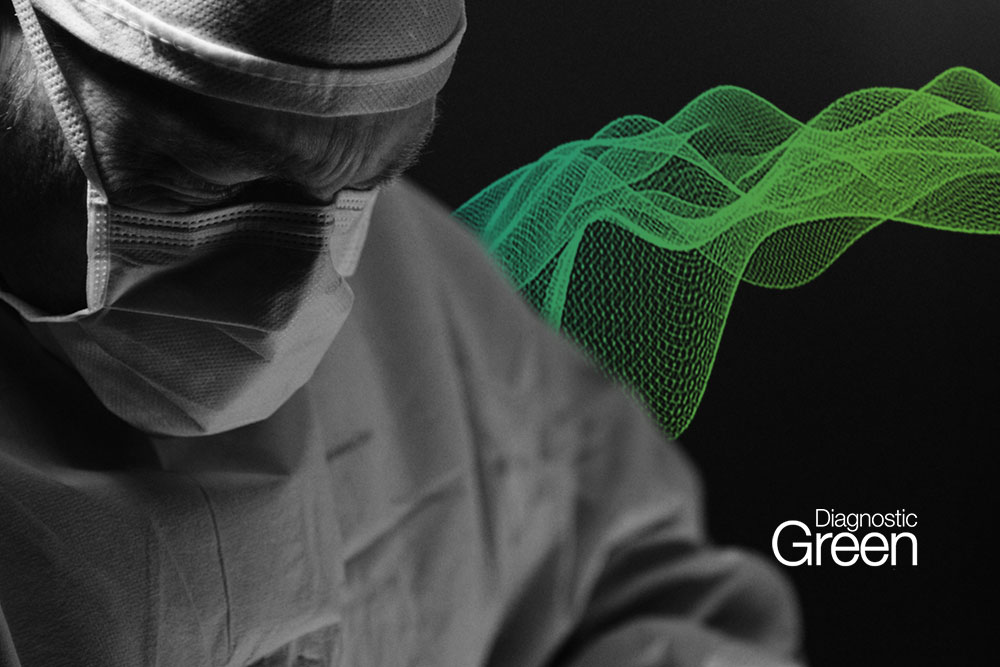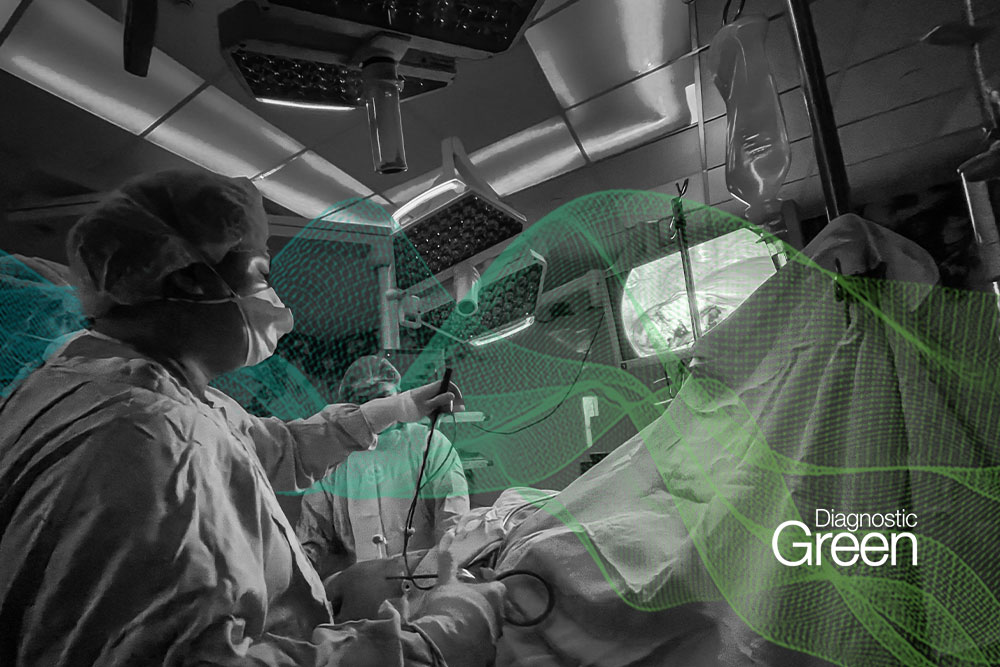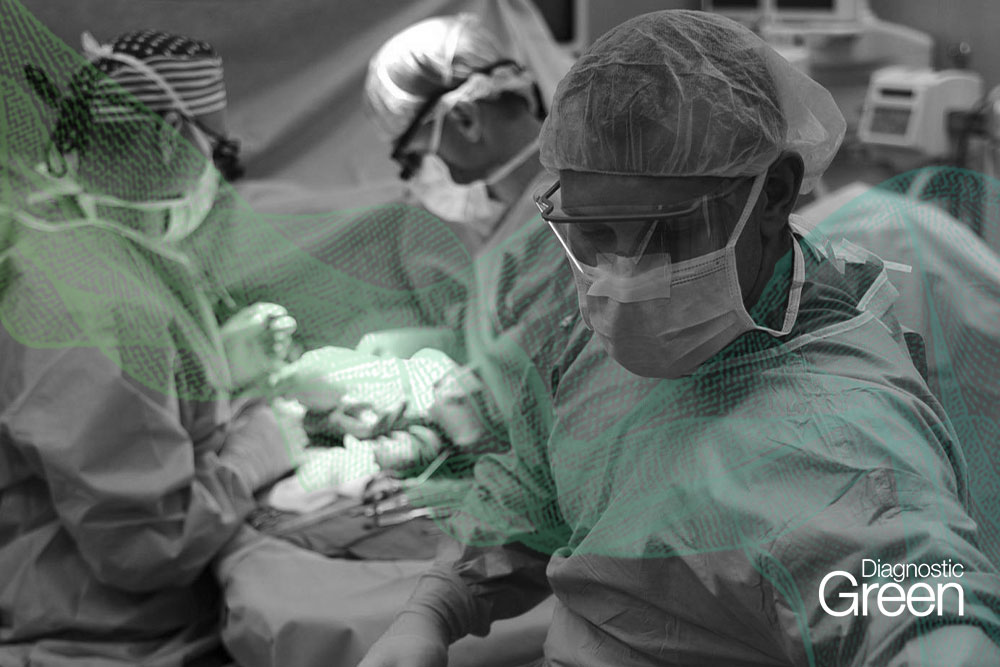Explore the transformative impact of indocyanine green fluorescence in enhancing surgical precision across various specialties, from mapping sentinel lymph nodes to assessing tissue perfusion.
Continue readingThoracic duct identification with indocyanine green fluorescence to prevent chyle leaks during minimally invasive esophagectomy
Explore the efficacy of indocyanine green in real-time identification of the thoracic duct during minimally invasive esophagectomy to prevent chyle leaks.
Continue readingAlternative Lymphatic Drainage Pathways in the Trunk Following Oncologic Therapy
Study reveals trunk lymphedema patterns and risk factors, aiding treatment decisions and surgical eligibility post-oncologic therapy.
Continue readingApplication of Laennec extrathecal blockade combined with indocyanine green fluorescence imaging in laparoscopic anatomic hepatectomy
Learn how combining Laennec occlusion and ICG fluorescence imaging improves precision and safety in laparoscopic liver resection.
Continue readingEvolution and Diversity of Medial Sural Artery Perforator Flap for Hand Reconstruction
Explore the evolution and versatility of MSAP flap in hand and upper limb reconstruction, aided by endoscopy and ICG imaging.
Continue readingICG-Enhanced Compression Anatomical Segment 7 Segmentectomy in Laparoscopic and Robotic Approach
First report of laparoscopic and robotic S7 segmentectomy using ICG-enhanced compression technique for hepatocellular carcinoma.
Continue readingIntraoperative indocyanine green fluorescence imaging to predict early hepatic arterial complications after liver transplantation
Study proposes ICG fluorescence imaging as a modality to detect hepatic arterial occlusion risk post-liver transplantation, aiding surgical decision-making.
Continue readingFeasibility and efficacy of indocyanine green in monitoring systemic drug leakage during isolated limb perfusion for recurrent melanoma of extremity
Explore ICG’s efficacy in tracking drug leakage during isolated limb perfusion, offering a safe, radiation-free approach for recurrent melanoma treatment.
Continue readingCurrent Status of ICG Fluorescence Navigation in Laparoscopic Liver Resection
Explore how ICG fluorescence navigation enhances precision in laparoscopic liver resection for safer and curative surgery outcomes.
Continue readingLaparoscopic anatomic segment Ⅷ resection for hepatocellular carcinoma using the augmented reality-assisted navigation and indocyanine green fluorescence imaging
Laparoscopic segment Ⅷ resection for HCC using AR-AN and ICG offers precise navigation and real-time tumor boundary detection.
Continue reading









